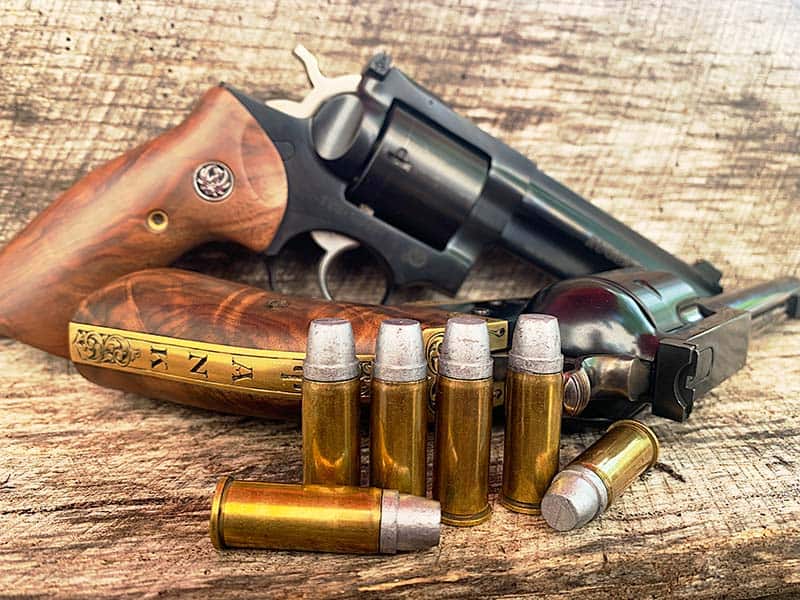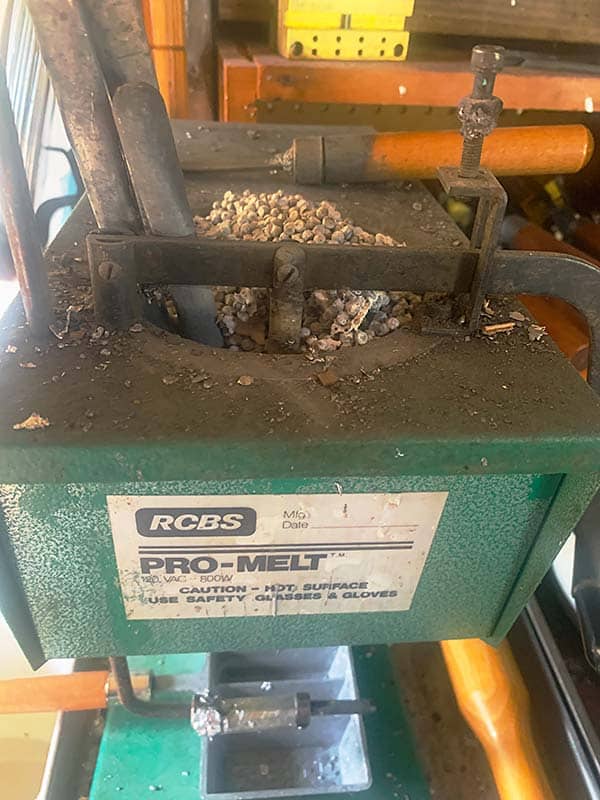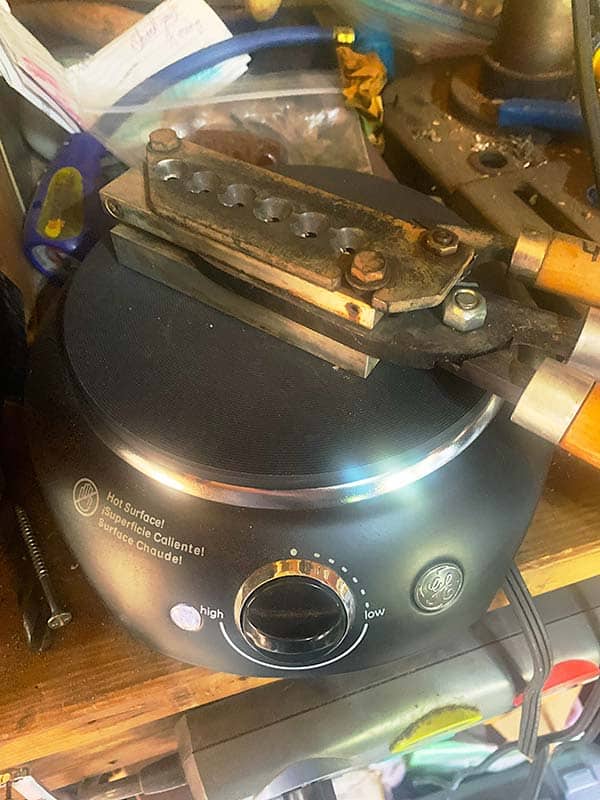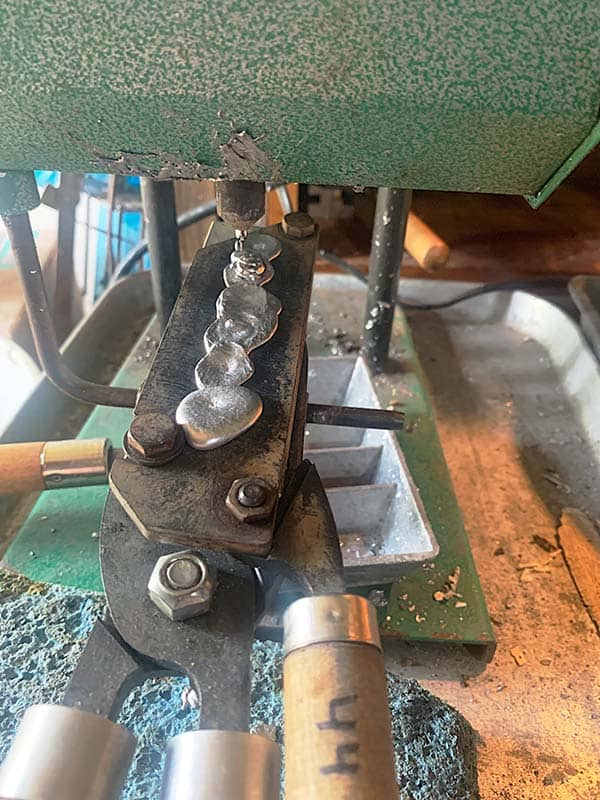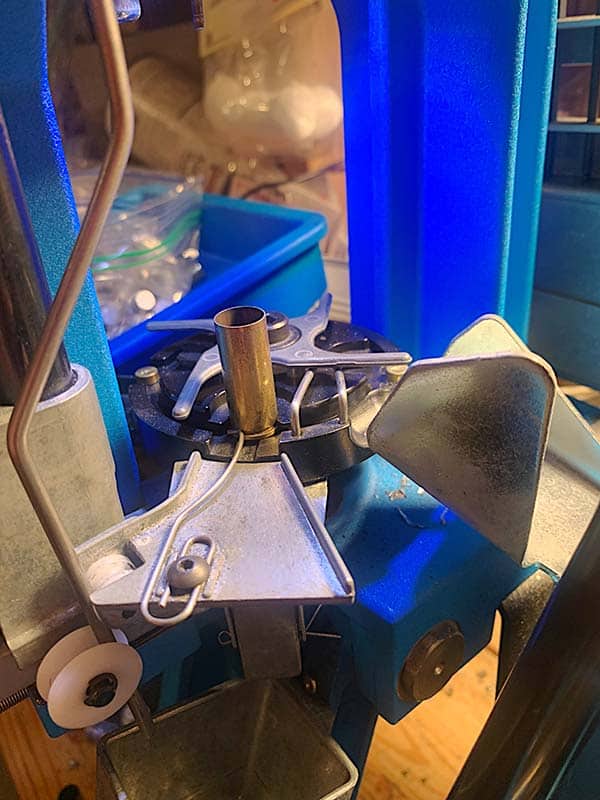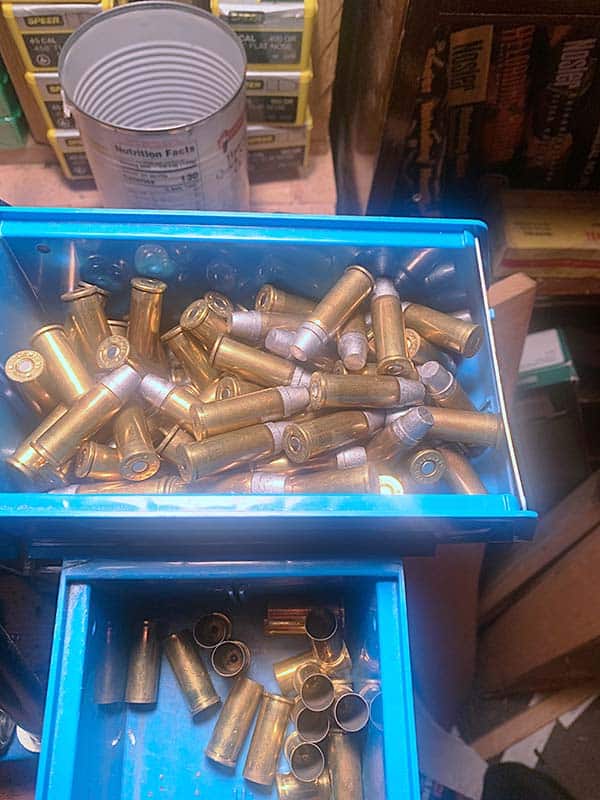Advantages Of Homegrown Ammo
It’s roughly two weeks to my yearly pilgrimage to the NRA’s Whittington Center and my ammo stash is running low. I need to manufacture some ammo … and quick! Since I was headed southwest, to the great state of New Mexico, my choice is obvious — the .44 Special.
To my way of thinking, there’s just one load particularly appropriate for shooting in New Mexico and most of you probably know the load I’m talking about. Skeeter Skelton made this load famous in his writings, although he got it from none other than Elmer Keith. High praise indeed for this revolver recipe.
I mentioned in earlier writings it’s been tough year for sixgunners with the recent passings of Tiger McKee, John Linebaugh and mi amigo Bart Skelton, Skeeter’s son. My amigo Madbo has also passed on. Expending my homegrown handloads will have special meaning when shooting steel silhouettes and far away rocks/boulders this year. Each shot will be a salutation of sorts for these great sixgun men.
The Load
For a refresher, the Skeeter load is a .44 Special loaded with 7.5 grains of Unique, sparked with a large pistol primer and a Lyman 429421 cast slug. I deviate a tad using an MP Molds six-cavity copy of Hensley & Gibbs # 503, which Elmer designed, and drops out at 265 grains. I don’t think anyone minds, as it’s such a pretty bullet.
For Rugers, I size my slugs at .432” with the Lee Automatic Processing Press. S&W and Freedom Arms get sized .430”. It makes a difference accuracy wise with the Rugers and you can’t chamber a Freedom Arms .44 unless its sized .430”, the tolerances/dimensions are so perfect.
Casting Bullets
For me, casting bullets is the ultimate in recycling. By making shiny, well-formed, filled-out bullets having sharp-edged corners from dirty scrap makes one feel good, worthy even. Especially when you scrounge the lead yourself for free. Free lead equals free bullets, minus your time. Sure, you’ll have to buy molds, a casting pot and sizing dies to make bullets, but the cost is quickly absorbed, and the knowledge of knowing you can make your own bullets is priceless.
I usually mix big batches of alloy and make ingots using small bread pans and muffin tins for molds. Sometimes I’ll use empty aluminum beer/soda cans. Just make sure they have no liquid in them, or you’ll get a big surprise when filling them with alloy. When they cool, I just peel the aluminum can from the lead ingot with pliers.
For this latest batch of bullets, I dumped some recovered lead shot into my RCBS casting furnace and mixed in a few auto body lead bars and wheel weights. I fluxed with pine wood shavings and scooped out the dust/crude until I was seeing shiny alloy.
I preheated my mold on an electric hotplate when I started melting the lead. My first pour from the furnace yielded perfect bullets. I cast roughly 400 bullets in a half hour.
Powder Coating
I place the dry bullets in a plastic ice cream tub and add about 2 teaspoons of clear powder coat. I then shake, rattle and roll the tub by hand for about 30 seconds and check the bullets. If they are totally covered in powder coat, I dump them in a wire fry basket and shake off any excess coating. Then I dump the bullets on a baking pan lined with parchment paper. The bullets are baked at 400 degrees for 20 minutes before sizing them with my Lee APP.
Loading
For really cranking out ammo the Dillon 550C is hard to beat. You can easily handload 100 rounds in under 15 minutes without pushing things. Just maintain a steady rhythm, remembering to add a piece of brass to the first station and a bullet to the third station. The sequence goes like this.
Step 1: Add the first piece of brass and pull your handle. This resizes/deprimes your brass. As you lower the handle, you’ll go about ¼” lower to seat a fresh primer. Rotate your shell plate.
Step 2: Add another piece of brass and lower the arm to size/deprime the second case. The first case mouth is getting flared and charged with powder. Lower the handle to prime the second case. Rotate shell plate.
Step 3: Add a third case and add a bullet to your first case which is in position three now. Lower the handle. The bullet will be seated, the case in #2 position will be flared/charged and case in #1 position sized/deprimed and primed on way down. Rotate the shell plate.
Step 4: Add a piece of brass to station #1, add bullet to station #3 and pull handle. The case/bullet in station #4 will be crimped, station #3 will be seated, station #2 flared/charged with powder, and station #1 sized/deprimed on way up and primed on way down.
Step 5: Now, just add a piece of brass to station #1 and bullet to station #3 for every cycle. Make sure you manually turn the shell plate EVERY cycle, so you don’t double-charge your powder charge!
That’s all there is to loading your own ammo.
Why?
The advantages of loading your own ammo are numerous. You’ll be able to shoot more for less money. More importantly, you’ll be more independent being able to load your own ammo. There’s a convenience and confidence factor handloaders enjoy by becoming intimately knowledgeable about their handloads that others don’t.
Range Dust
I’m sure the dust and sage will be especially bad this year in New Mexico. The men and women I shoot with will surely be teary eyed at times. All you can do is wipe your eyes, find your sights and keep on shooting. Loading your own will keep you in an endless ammo supply.

